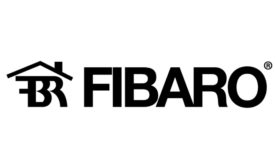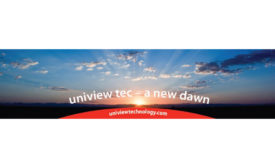Trends & Industry Issues
Networked-based entry control and emergency station products are opening up wide opportunities for security dealers and integrators in both new and retrofit markets.
Read More
Why Sell Smart Locks
Discover their important role in a security system, some sales tips and how they compare with DIY options.
August 15, 2018
Be in the forefront of security intelligence when you receive SDM.
Join over 10,000+ professionals when you subscribe today.
SIGN UP TODAY!Copyright ©2024. All Rights Reserved BNP Media.
Design, CMS, Hosting & Web Development :: ePublishing















